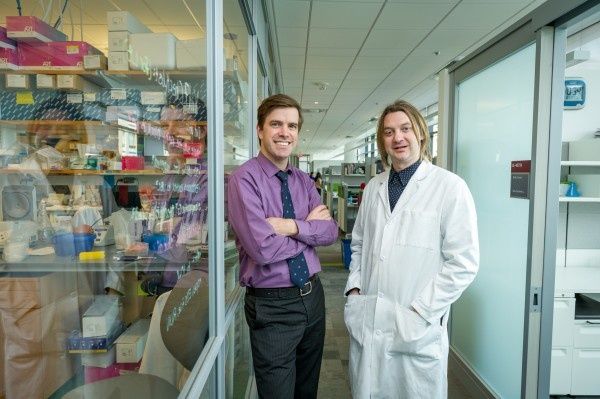Apr 24, 2016
Solar cell mystery solved, expected to greatly increase efficiency
Posted by Shailesh Prasad in categories: engineering, solar power, sustainability
(Phys.org)—For the past 17 years, spiro-OMeTAD, has been keeping a secret. Despite intense research efforts, its performance as the most commonly used hole-transporting material in perovskite and dye-sensitized solar cells has remained stagnant, creating a major bottleneck for improving solar cell efficiency. Thinking that the material has given all it has to offer, many researchers have begun investigating alternative materials to replace spiro-OMeTAD in future solar cells.
But in a new study published in Science Advances, Dong Shi et al. have taken a closer look at spiro-OMeTAD and found that it still has a great deal of untapped potential. For the first time, they have grown single crystals of the pure material, and in doing so, they have made the surprising discovery that spiro-OMeTAD’s single-crystal structure has a hole mobility that is three orders of magnitude greater than that of its thin-film form (which is currently used in solar cells).
“This paper reports a major breakthrough for the fields of perovskite and solid-state dye-sensitized solar cells by finally clarifying the potential performance of the material and showing that improving the crystallinity of the hole transport layer is the key strategy for further breakthroughs in device engineering of these solar cells,” Osman Bakr, a professor of engineering at King Abdullah University of Science and Technology (KAUST) in Saudi Arabia and leader of the study, told Phys.org.
Continue reading “Solar cell mystery solved, expected to greatly increase efficiency” »


















